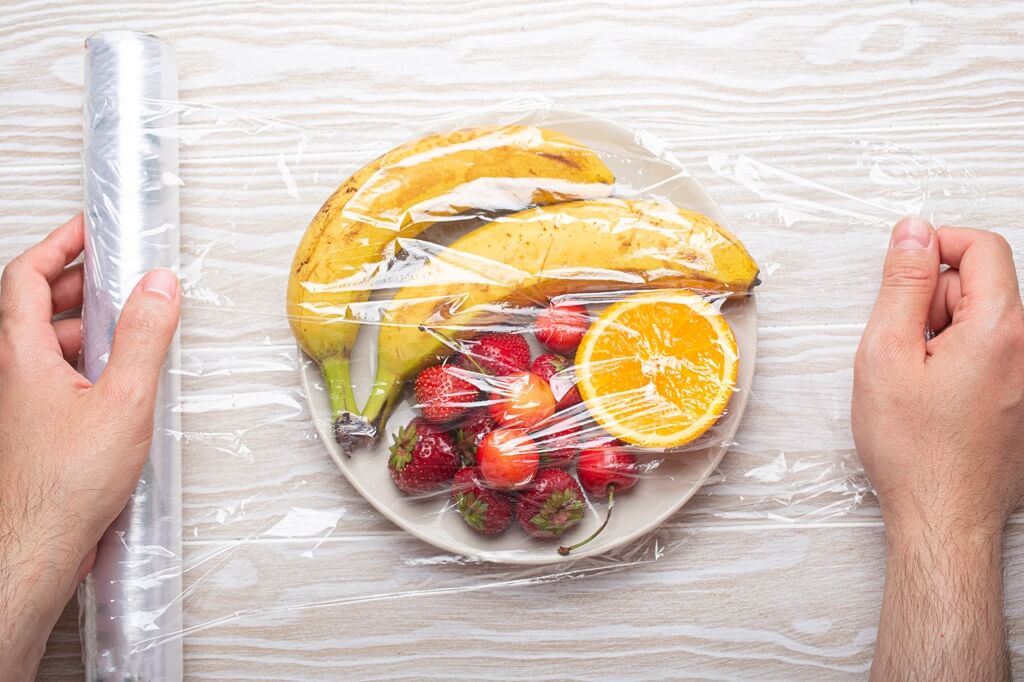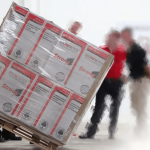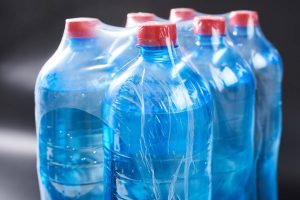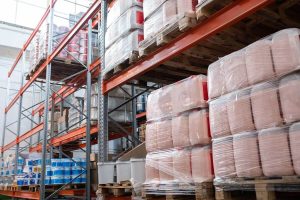
Food grade cling wrap is a staple in kitchens worldwide, used to preserve leftovers, cover dishes, and protect food from contaminants. However, despite its widespread use, concerns about its safety have continued, leading to various myths and misconceptions.
In this article, we examine the safety of food cling wrap, debunks common myths, and provides clarity on its role in food packaging.
About Food Grade Cling Wrap
Food grade cling wrap, often referred to as plastic wrap, is a thin, transparent film commonly made from materials such as polyvinyl chloride (PVC), low-density polyethylene (LDPE), or polyvinylidene chloride (PVDC). These materials are designed specifically for food packaging, offering flexibility, durability, and the ability to create a tight seal around food items. The primary purpose of food cling wrap is to extend the shelf life of food by protecting it from air, moisture, and contaminants.
The production of food grade cling wrap is regulated to ensure safety standards are met. Manufacturers must adhere to strict guidelines regarding the types of chemicals used, the potential for chemical migration into food, and overall product safety. Despite these regulations, several myths about the safety of food cling wrap continue to circulate.
Myth 1: All Plastic Wraps Contain Harmful Chemicals
One of the most common misconceptions about food cling wrap is that it contains harmful chemicals that can leach into food. While it is true that some plastic wraps in the past contained chemicals like phthalates or bisphenol A (BPA), modern food grade cling wrap has improved significantly. Today, most food cling wrap products are free from these chemicals, particularly those labeled as BPA-free or phthalate-free.
PVC-based plastic wraps, for example, have largely phased out the use of plasticizers like DEHP (a type of phthalate) due to health concerns. Instead, safer alternatives are used to achieve the desired flexibility and clinginess. LDPE and PVDC wraps are also considered safe for food packaging, as they are less likely to contain harmful additives.
It is recommended to check product labels when purchasing food cling wrap. Established brands will indicate if their products are free from harmful chemicals to provide consumers with peace of mind.
Myth 2: Plastic Wrap Causes Cancer
Another persistent myth is that using plastic wrap on food can cause cancer. This belief stems from concerns that certain chemicals in plastic wrap could migrate into food, especially when heated, and pose a carcinogenic risk. However, there is no conclusive scientific evidence to support this claim when it comes to food grade cling wrap used according to guidelines.
The key factor in this discussion is the type of plastic and its intended use. Food grade cling wrap is designed to be safe for wrapping food, and regulatory agencies such as the U.S. Food and Drug Administration (FDA) and the European Food Safety Authority (EFSA) have established safety limits for any potential chemical migration. These limits are set far below levels that could pose a health risk.
To further minimize any potential risk, it is advisable to avoid using plastic wrap in direct contact with food during cooking, particularly in high-temperature scenarios like microwave use. Instead, covering food with microwave-safe lids or containers is recommended. For cold or room temperature food storage, food grade cling wrap remains a safe and effective option.
Myth 3: All Cling Wraps Are the Same
A common misconception is that all food cling wraps are essentially the same, with no significant differences between brands or types. However, not all plastic wraps are created equal. Different materials, thicknesses, and formulations result in varying levels of performance, safety, and environmental impact.
For example, PVC-based wraps are known for their superior cling and flexibility, making them ideal for tightly sealing food items. LDPE wraps, on the other hand, are generally more affordable and have a lower environmental impact but may not cling as well as PVC wraps. PVDC wraps are often used for their excellent barrier properties, particularly in keeping moisture out, which makes them suitable for wrapping items like cheese or deli meats.
When selecting food cling wrap, it is important to consider factors such as the type of food being wrapped, the storage conditions, and personal preferences regarding safety and environmental impact. Reading product labels and researching brands can help consumers make informed choices that match their needs and values.
Myth 4: Food Cling Wrap is Not Eco-Friendly
Concerns about environmental sustainability have led to the belief that food cling wrap is inherently harmful to the environment. While it is true that traditional plastic wrap contributes to plastic waste, the situation is more nuanced. The environmental impact of food packaging depends on various factors, including the type of plastic used, the manufacturing process, and disposal methods.
One critical aspect often overlooked in this discussion is the impact of food waste. Without proper food protection, food can spoil quickly, leading to increased food waste, which itself has a significant environmental footprint—contributing to greenhouse gas emissions, wasted resources, and energy. Food cling wrap plays an important role in keeping food hygienic and extending the shelf life of food, preventing it from going to waste.
Additionally, many companies are now producing more eco-friendly versions of food cling wrap made from biodegradable or compostable materials. These alternatives aim to reduce the environmental footprint while still providing the same protective benefits as traditional plastic wrap. Proper use of cling wrap, even the traditional version, can help reduce overall waste by keeping food fresh and minimising spoilage.
Myth 5: Plastic Wrap Should Not Touch Food
Some individuals believe that plastic wrap should never come into direct contact with food due to fears of chemical leaching or contamination. However, food grade cling wrap is specifically designed to be safe for direct contact with food. As long as it is used according to the manufacturer’s instructions, there is no need to worry about harmful substances migrating into the food.
That said, certain precautions should be taken when using plastic wrap. For instance, avoiding prolonged contact between acidic or fatty foods and plastic wrap can reduce the likelihood of any chemical interaction, although the risk is minimal with modern food grade wraps. Additionally, it is advisable to use a fresh piece of plastic wrap each time to ensure optimal hygiene and prevent cross-contamination.
All in All
Food cling wrap remains a valuable tool in the kitchen that offers convenience and protection for a wide range of food items. However, like any food packaging product, it is important to use it correctly and be aware of the facts surrounding its safety.
The myths surrounding food grade cling wrap often stem from outdated information or misunderstandings about the materials used in its production. Modern food cling wrap, when used as intended, is safe, effective, and compliant with strict regulatory standards.





